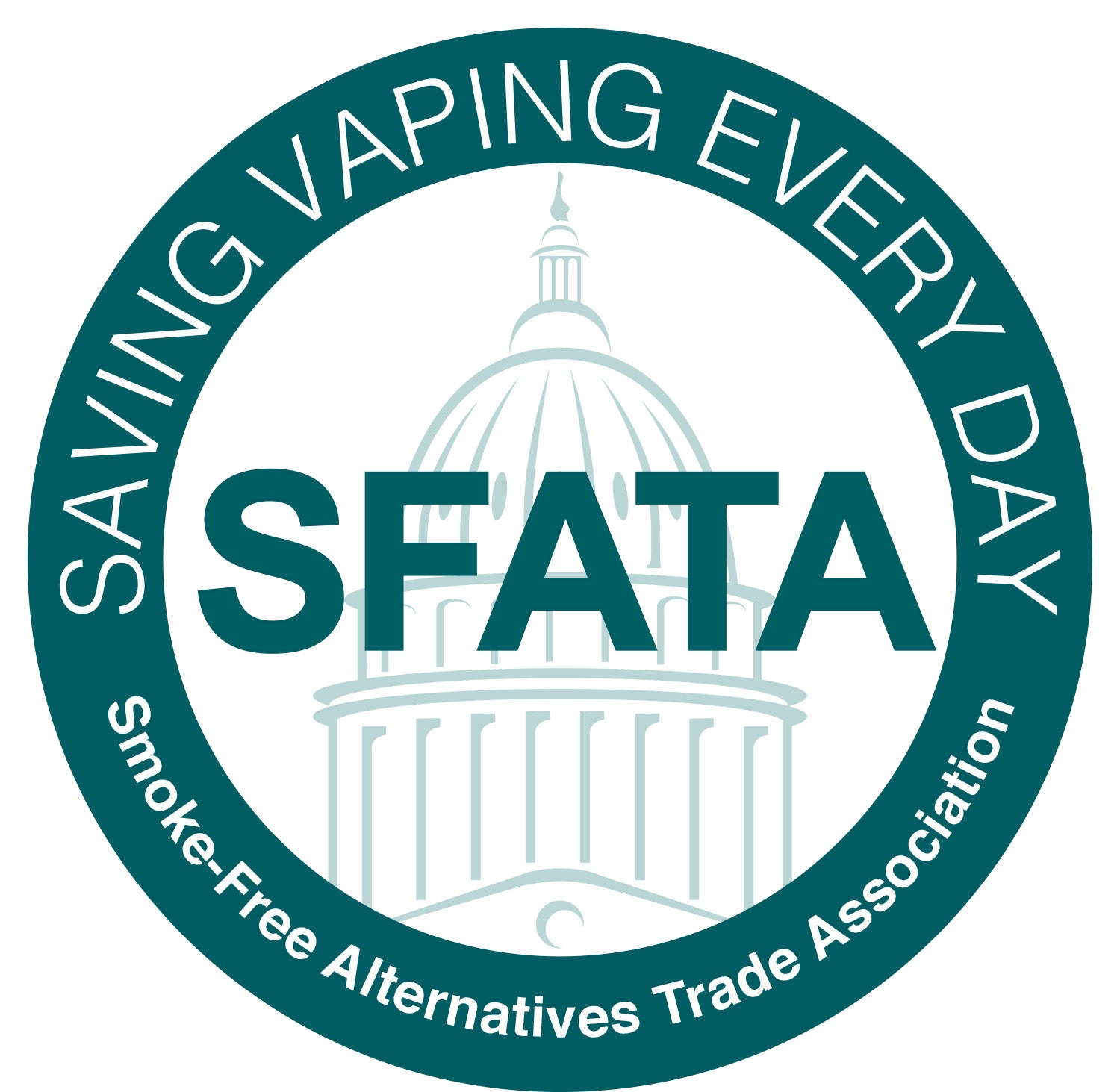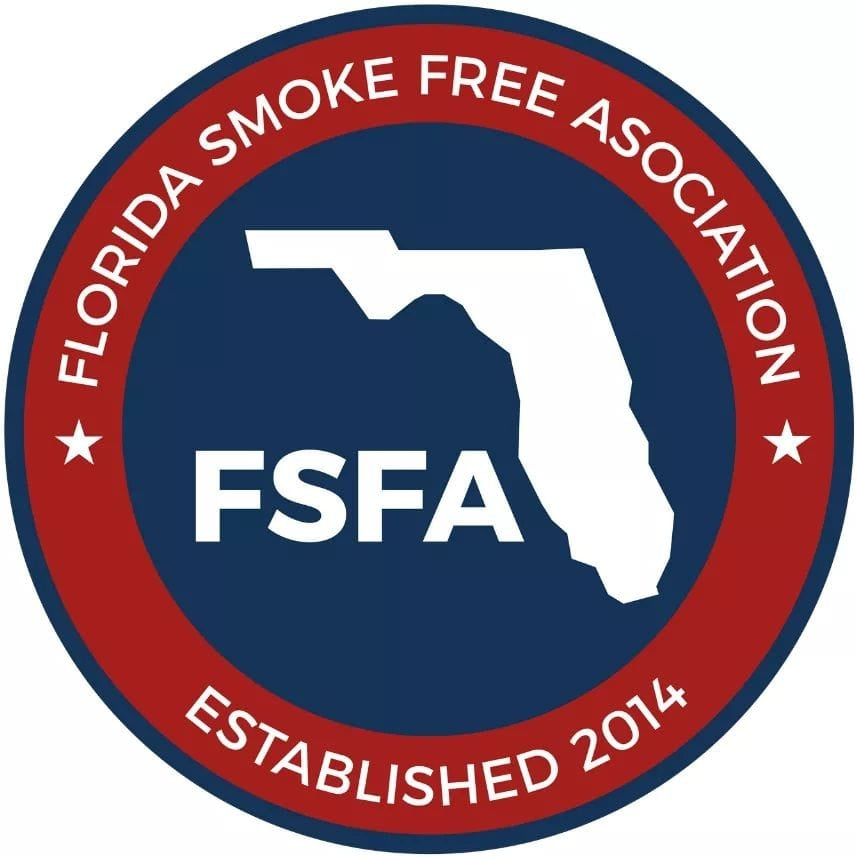Understanding VG VS PG
The vape industry has been in the crosshairs of anti-smoking special interest groups almost from day one. They love to take aim at e-liquid and make claims about its health and safety. They claim it’s full of dangerous chemicals, but is it really? As it turns out, e-liquid has only a few ingredients, less than most processed foods on the market. E-liquid is typically made up of just 4 or 5 ingredients: nicotine, either nic salt or freebase nicotine, Propylene Glycol, also called PG, Vegetable Glycerin, also called VG, water and flavorings. VG and PG are a favorite target of anti vaping groups, so let’s help em out a little, and demystify e-liquid to find out what exactly PG and VG are, what they do inside your vape, and if they’re as dangerous as lobbyists would have us believe.

What is PG (Propylene Glycol)?
PG or Propylene Glycol is a synthetic food additive belonging to the same chemical family as alcohol. It has no smell, color and almost no taste, and its consistency is just slightly thicker than water. It dissolves very well in a variety of substances, sometimes better than water, and is used to help keep processed foods from drying out, keeping them moist and preserving their texture for consumers. It has been deemed safe by the FDA and has been a common additive in foods and drinks for decades. PG can be found in many products you have in your home including seasoning blends, dried soups, salad dressings, boxed cake mix, powdered drink mixes, alcoholic beverages, food coloring, flavors extracts, ice cream, marshmallows and cheese, just to name a few.
What is VG (Vegetable Glycerin)?
Vegetable Glycerin, unlike Propylene Glycol, is a naturally occurring sugar alcohol compound. A thick, syrup-like liquid with no odor and a sweet taste, Vegetable Glycerin is typically made from triglyceride rich vegetable fats like soy, palm and coconut oils. One thing Vegetable Glycerin does have in common with Propylene Glycol is its wide variety of applications and uses. We encounter Vegetable Glycerin everyday in products like cosmetics, skin care, hair care, oral hygiene products, cough syrups, anesthetics, and as a sweetener in many foods and drinks. It’s also a commonly used humectant, or an additive used to help processed foods retain moisture. It has been the third most commonly used cosmetic additive since 2014.
What Do They Do in Your Vape?
Though they are derived from very different sources, Propylene Glycol and Vegetable Glycerin serve the same function in e-liquid. They make the nicotine and flavor additives more soluble, so they can homogenize into a new liquid rather than staying separated. They’re also responsible for the fog like puffs of smoke many vapers strive towards. They have long been used in the entertainment industry to create smoke effects for stage and screen. While VG and PG work together in e-liquid, each does have a distinct function. Vegetable Glycerin is used to help create thicker clouds, as well as homogenize the e-liquid for a smoother pull, while Propylene Glycol is used as the base of e-liquid and creates most of the vapor when the device is heated. In simpler terms, the PG makes the clouds and the VG makes them super thick and opaque.
Are they safe?
The FDA approved Propylene Glycol for use in food and drink production decades ago, and it’s been used safely since. Some people may have allergies to Propylene Glycol, causing them to have a reaction when they consume it, but these people will react no matter when they encounter Propylene Glycol. Some people find Propylene Glycol irritating to the throat at high levels. If PG bothers your throat or you have symptoms that suggest you may have an allergy to Propylene Glycol, try an e-liquid with a higher Vegetable Glycerin concentration and see if your symptoms improve.
Vegetable Glycerin was also approved by the FDA years ago and has been on the market in some form or another since. Like Propylene Glycol, some people may have an allergy to Vegetable Glycerin. A bad reaction to VG is characterized by nausea, dizziness, vomiting and increased thirst. Dehydration is the most common side effect reported by vapers, but these symptoms were relieved with increased fluid intake.

Despite the extensive research done on Propylene Glycol and Vegetable Glycerin before their approval by the FDA, there hasn’t been significant research done on the effects of inhaling these substances. But that hasn't stopped anti-vaping lobbyists from weaponizing these ingredients for their own agenda. Some studies have tried to examine the effects of vaping Vegetable Glycerin and Propylene Glycol, but used traditional vaping systems for the test. This means that no one participating in the study inhaled just Propylene Glycol or just Vegetable Glycerin so it is impossible to attribute any of the proposed side effects of inhaling these substances - respiratory irritation and inflammation being the main side effects - to any one ingredient in e-liquid. Each ingredient would need to be studied individually and until that happens, no study can speak for certain on the risks of individual ingredients.
Which is Better, VG or PG?
With so much talk in the media about e-liquid ingredients, many vapers are wondering which is the better choice, Vegetable Glycerin or Propylene Glycol. This question is tough to answer. The two substances serve different purposes in e-liquid, are derived from different sources and are both necessary in quality e-liquid formulas to help users achieve those big powerful hits vapers love. E-liquids do come in a variety of PG to VG ratios though, and this affects the taste, hit and overall experience of your vape, so if you find yourself partial to one or the other, you can find the ratio that works for you.
Final thoughts
It’s up to you to determine what is safest and best for you. Smokers looking to use vaping to quit can rest assured that vaping is healthier and safer in every way than smoking combustible cigarettes. The FDA has long deemed both Propylene Glycol and Vegetable Glycerin safe, and despite the increased fear mongering around vaping, no studies have been able to successfully show otherwise. As with anything you put in your body, from processed food to vape pens, it’s important to do your own research, look at the facts and decide for yourself what’s best for your body.










Leave a comment
This site is protected by hCaptcha and the hCaptcha Privacy Policy and Terms of Service apply.